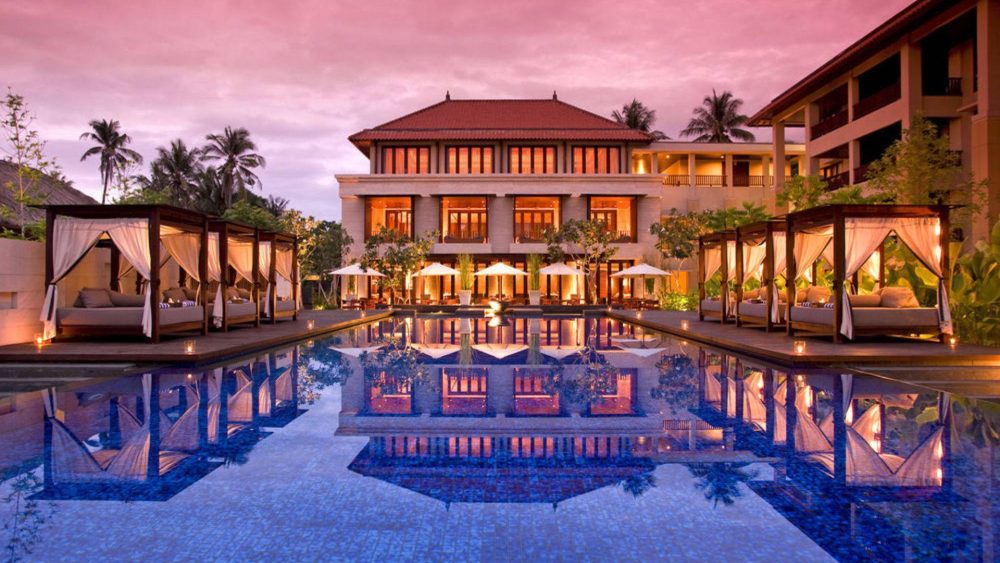Airlines have long turned baggage rules into a strategic game. At stake are comfort, time, and money. Miss one point in the conditions, and the luggage goes to the cargo hold, along with your wallet going on a “diet.” Understanding what can be taken in carry-on luggage on the plane saves not only nerves but also resources. Every gram and millimeter counts in euros.
Standards without maneuvers: size and weight of carry-on luggage
There are no universal indicators – airlines set their own norms for dimensions and weight. The standard for most flights is 55×40×20 cm, although some low-cost carriers limit the dimensions to 40×30×20 cm. The weight varies from 7 to 10 kg, with some airlines allowing up to 12 kg. For example: Lufthansa allows up to 8 kg, Turkish Airlines – up to 8 kg, Ryanair – only 6 kg for the basic fare.

Failure to meet the parameters during check-in or boarding leads to additional charges for excess baggage. On short routes, the cost can range from 40 to 80 euros. Dimension control is not based on the shape – but on the fact: if it doesn’t fit in the sizer, get ready to part with your money.
Liquids in carry-on luggage: how to avoid exceeding restrictions
Liquids are a reason for regular disputes during screening. The rules are clear: the total volume must not exceed 1 liter, each bottle – maximum 100 ml. All containers – only in a transparent resealable bag.
The category includes not only water and beverages, but also:
- cosmetics (mascara, cream, spray);
- toothpaste;
- sauces and yogurts;
- perfume.
Exceptions are made only for medications confirmed by a prescription and baby food for the duration of the flight. The airport does not forgive self-will – violators will be asked to leave the “excess” for inspection.
Prohibited items in carry-on luggage
Even a small item can violate the rules and disrupt boarding. Knowing the prohibited items helps avoid disposal, fines, and extra screening at the airport. Not every compact item is allowed in carry-on luggage.
Strictly prohibited are:
- sharp objects: knives, scissors with a blade over 6 cm, manicure tools;
- weapons, imitations, explosives;
- tools;
- aerosols, spray cans.
Violating the rules not only results in confiscation but also in additional checks, delays, and missed flights. What is not allowed in carry-on luggage is often indicated in small print on the airline’s website – but ignorance only exempts you from baggage, not from responsibility.
Suitcase or backpack: the choice of format matters
Carry-on luggage on the plane is not just a wheeled suitcase. Carriers allow a backpack or bag as an alternative, provided that the dimensions are observed. Some fares (e.g., Ryanair Basic) only allow one small bag up to 40×20×25 cm for free.
Important: it’s not about the perceived size, but the specific centimeters that determine the outcome at the check-in counter. Exceeding the dimensions by even 1-2 cm can turn carry-on luggage into paid baggage. Special attention should be paid to protruding parts – wheels and handles.
How to pass security control without extra problems
At the screening stage, the security service checks not only the contents but also compliance with the dimensions. The X-ray belt is not a metaphor but a reality. Each item undergoes a check for compliance with the requirements. In case of violations, there is mandatory confiscation or denial of boarding.
Special caution should be exercised when transporting:
- electronics: laptops, tablets, chargers are checked separately;
- medications: prescription drugs are checked with supporting documents;
- children’s items: formula, bottles, wipes – only in the necessary amount.
At the control stage, order is important: prepare devices in advance, pack liquids in a bag, remove outerwear. This saves time and reduces stress at the airport.
What can be taken in carry-on luggage on the plane: permitted arsenal
A precise list of permissible items reduces the risk of errors during packing. The right choice of contents ensures quick passage through security and avoids unexpected restrictions.
Permitted categories:
- smartphones, tablets, laptops, chargers;
- headphones, e-readers, cameras;
- documents, tickets, keys, money;
- books, magazines, packaged food without liquid;
- personal hygiene items (in permitted volume);
- outerwear, umbrella;
- medications with a prescription;
- baby essentials (formula, bottles);
- duty-free items in a sealed bag;
- folding cane, crutches (as needed).
Even permitted items require compliance with format, packaging, and weight. Confidence in the bag’s contents allows you to focus on the journey, not on explanations to inspectors.
Tariff sum: consequences of exceeding limits
Failure to comply with carry-on luggage requirements leads to budget overruns. Excess baggage incurs additional charges. The cost varies from 20 to 100 euros depending on the destination and fare type. Some carriers charge fees even for improperly placed backpacks.
Reducing risks involves studying the tariff conditions in advance and using precise dimensions and weights when packing.
Sports equipment, children’s items, and non-standard cases
Airlines restrict but do not exclude the possibility of bringing sports or specialized equipment into the cabin. Cycling gloves, swimming goggles, yoga straps, and even rollerblades are allowed if they meet carry-on luggage requirements. However, larger items such as boards, rackets, clubs are transported exclusively in checked baggage, subject to a separate fee.
Children’s items are additionally allowed: on many flights, you can bring a bassinet, a collapsible stroller, or a car seat at no extra charge. However, each carrier specifies its own list – studying the fare conditions before the flight is critical.
How to save without sacrificing convenience
Savings start not with the bag but with an analysis of the rules. What can be taken in carry-on luggage on the plane is not just a list but a tool for managing expenses during the journey.
Pre-check:

- dimensions (use a sizer or measure with a ruler);
- weight (home scales provide an accurate forecast);
- tariff options (some airlines only include carry-on luggage in premium tickets).
A backpack or suitcase within the parameters, a lightweight container for liquids, clear packaging order – the basic formula that helps avoid additional expenses. A well-packed carry-on luggage turns a regular flight into a confident air travel when all variables are considered: from bag choice to passing security. Properly assembled carry-on luggage in the plane does not complicate the flight but simplifies it.
What can be taken in carry-on luggage on the plane: conclusions
Understanding what can be taken in carry-on luggage on the plane gives an advantage – not only in comfort but also in resource management. Control, requirements, rules, tariffs – are not abstractions but specific parameters that affect every journey. A clear list of permitted items turns baggage from a lottery into a predictable process.
 en
en  ar
ar  de
de  es
es  fr
fr  nl
nl  ru
ru  hi
hi  it
it  pt
pt  el
el 











